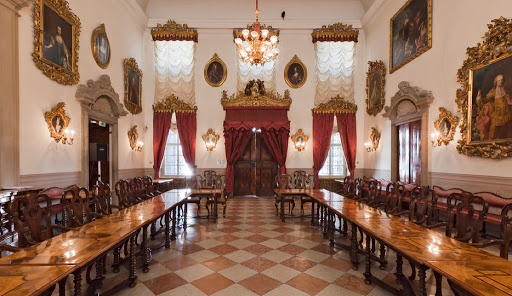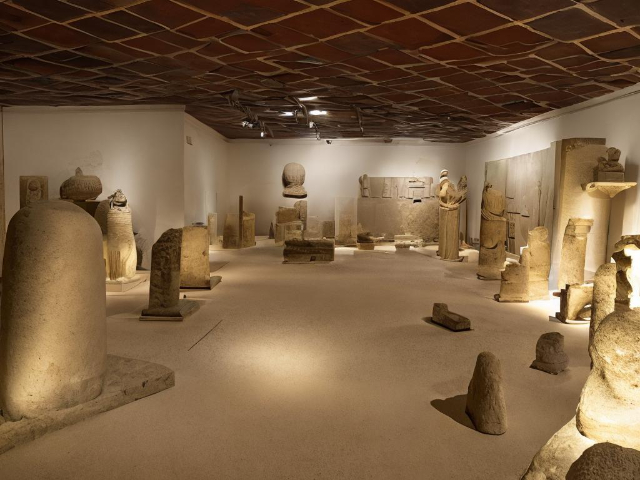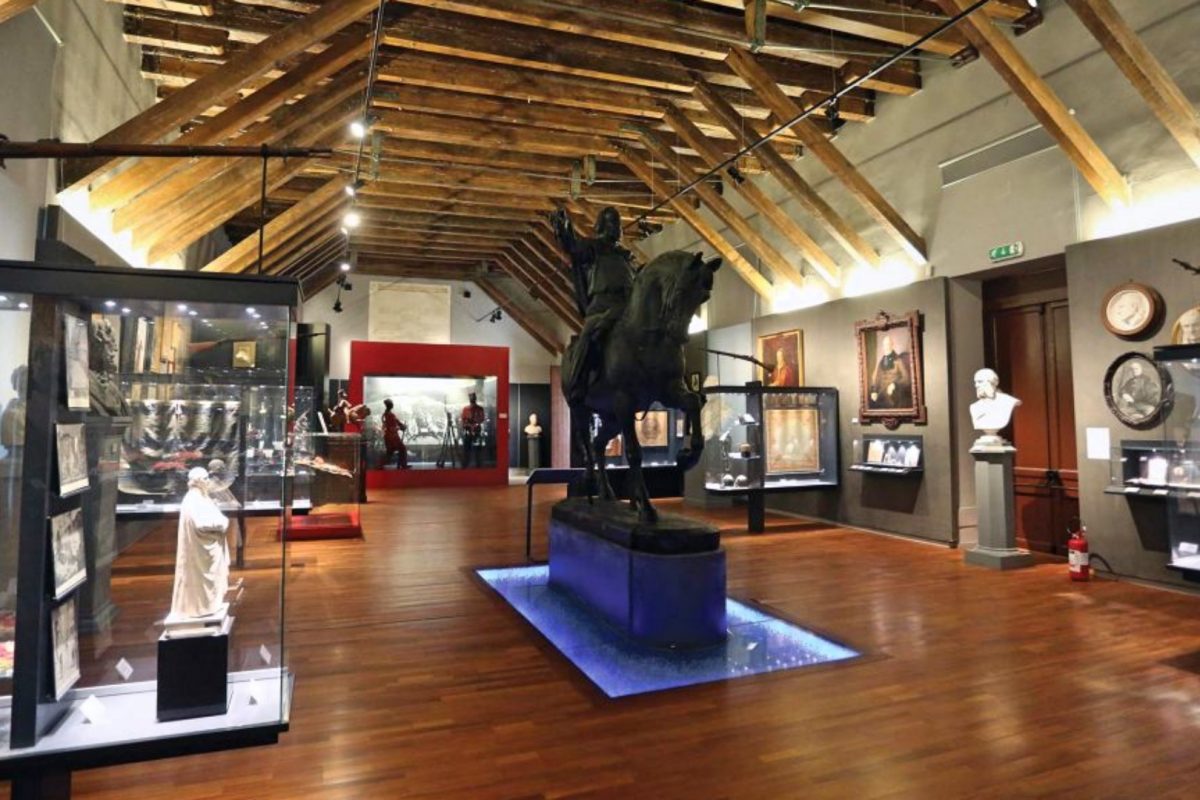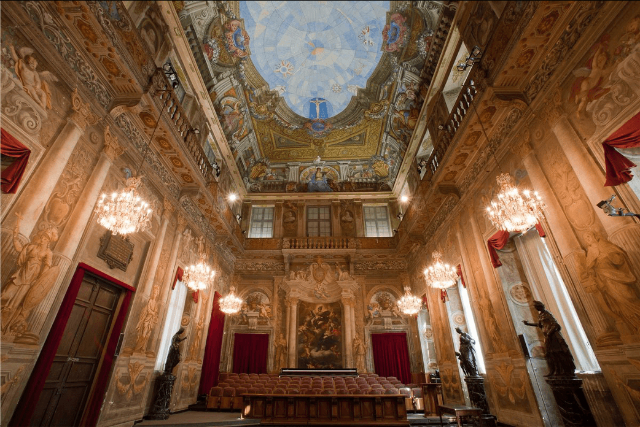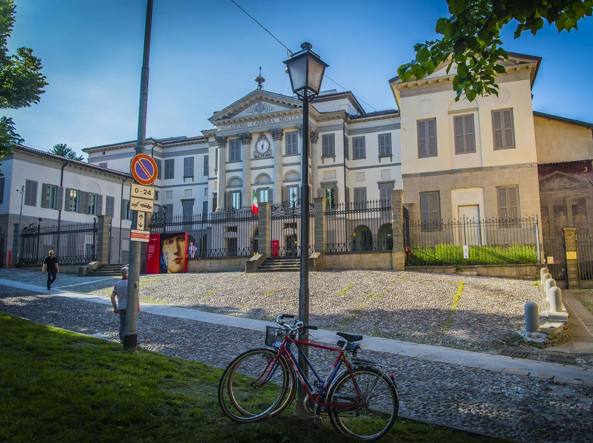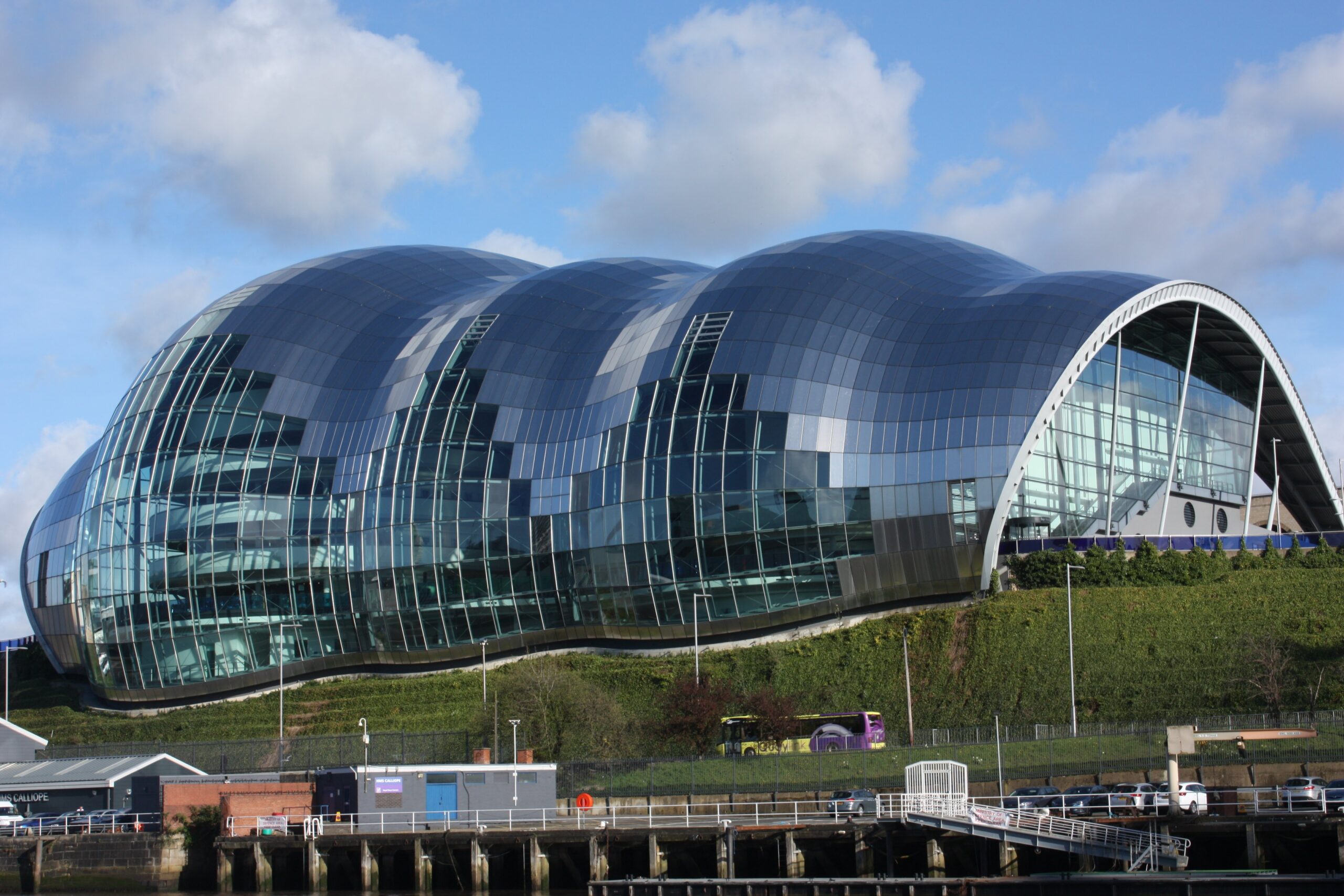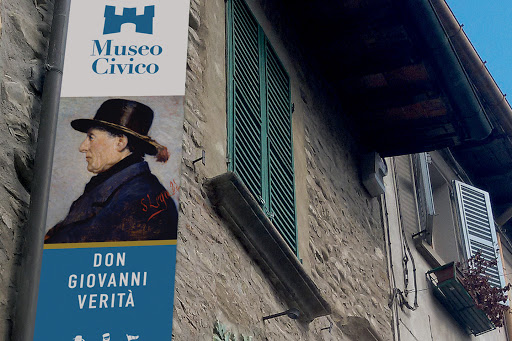The Mercantile Museum traces the economic history of the city of Bolzano and houses collections of documents, paintings and furnishings from the 17th and 18th centuries. It is housed in the Mercantile Palace, which was already the prestigious seat of the Mercantile Magistrate, established in 1635, and the Chamber of Commerce.
The chronological itinerary is divided between meeting rooms, chancellor’s room, hall of honour, with furniture, archive documents, paintings and original art objects. The wide access staircase with the two entrance portals and the long balcony highlight the typical Italian Baroque architectural style.
Unique Renaissance-Baroque palace inserted in the narrow architecture of the arcades. Here you can admire a collection of paintings and furniture from the baroque period which testifies to the prosperity of the commercial soul of Bolzano/Bozen. The layout and furnishing of the Hall of Honour and the sumptuous internal staircase leading to the first floor are remarkable. Hall of the Mercantile Court.
The Mercantile Palace is the ancient seat of the Mercantile Magistrate, the judicial body of Bolzano’s trade fair activity established in 1635 by Archduchess Claudia de’ Medici. The Magistrate had the task to make the city’s commercial life flourish again with special measures to settle in a short time any disputes between merchants coming from different places.
The present building was erected between 1708 and 1727 by the architect brothers Giovanni and Giuseppe Delai on a project by the Veronese architect Francesco Perotti.
Bolzano has always been a vital hub of trade between Central Europe and the Italian territories. In the inspiring principles of the Mercantile Palace, the historical seat of the Mercantile Magistrate, is summarized the golden age of international trade, which had a great part in the social and economic development of Bolzano.
The monumental and articulated Baroque architecture of the palace, built in the first quarter of the 18th century to a design by the Veronese architect Francesco Perotti, is tangible evidence of this mercantile vocation already alive in medieval and Renaissance times and definitively consecrated with the Statutes promulgated by Archduchess Claudia de’ Medici, regent of Tyrol, in 1635.
At this time, Bolzano was rightly placed in the position of a small but efficient merchant town, favoured by its geographical position close to the Alpine crossings, emerging as a centre of crystallization of the Italian and German trading nation and local merchants ". A lively and active role which saw not only the growth of a new bourgeois style, but which contributed to the birth of a trade management inspired by a deep international openness and based on precise and innovative legal systems.
La "casa" del commercio opened to the public after an architectural restoration, which was flanked by the museum reorganization of most of the important art collections it contained.
